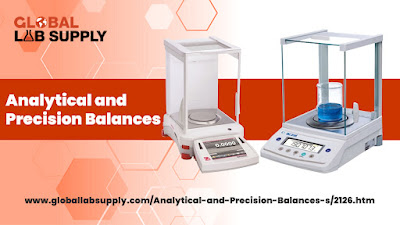You need to be extra careful while cleaning any laboratory equipment and a portable laminar flow hood is quite crucial among them. It ensures a sterile environment for any kind of systematic approach.
But, you must clean the portable Laminar Flow Hoods from time to time to ensure that there is no microbial growth. We understand that it can be a tedious process and so we bring you a step-by-step guide to follow:
What are the stages of cleaning a laminar flow hood?
First, you need to understand the level of cleanliness that you need to achieve.
Sanitize the equipment
This is a standard cleaning process, and you can easily remove all the visible dirt and dust. It helps to reduce the chances of bacterial growth and also prevents the chance of infection.
Disinfecting the equipment
This cleaning process ensures the removal of the virus and bacteria from the surface. And, for this, you need a cleaning agent.
Sterilize the laminar flow hood
This process ensures that the laminar flow hoods is completely free from microbes. To achieve this, you might have to use heat, air pressure, or chemical-based cleaning agents.
Always go through the chemical compatibility chart before applying any cleaning agent. Based on the dirt accumulation, you need to plan your cleaning approach.
The equipment and tools required for cleaning
Along with a proper plan, you also need certain cleaning equipment, such as cleanroom gloves, cleanroom face masks, garbage bags, paper towels, cleanroom swabs, ISO-friendly wipes, a vacuum, etc.
Steps to clean the laminar flow hood
- To start with, you need to turn on the laminar flow hood, then allow the air to pass for 30- 40 mins.
- Use the cleanroom wipe to clean the surface, and you can spray cleaning agents on the wipes.
- Start with cleaning the hood and then back and front. Next, go left and right.
- Use the swab to clean the edges and the corners.
- Do not spray any cleaning agent on the grill or the sensitive HEPA filter
- You can repeat the process by using sterile 70% isopropanol.
Conclusion
There are no additional expenditures for maintaining the device. Global Lab Supply provides you with this laboratory equipment at a reasonable price.






